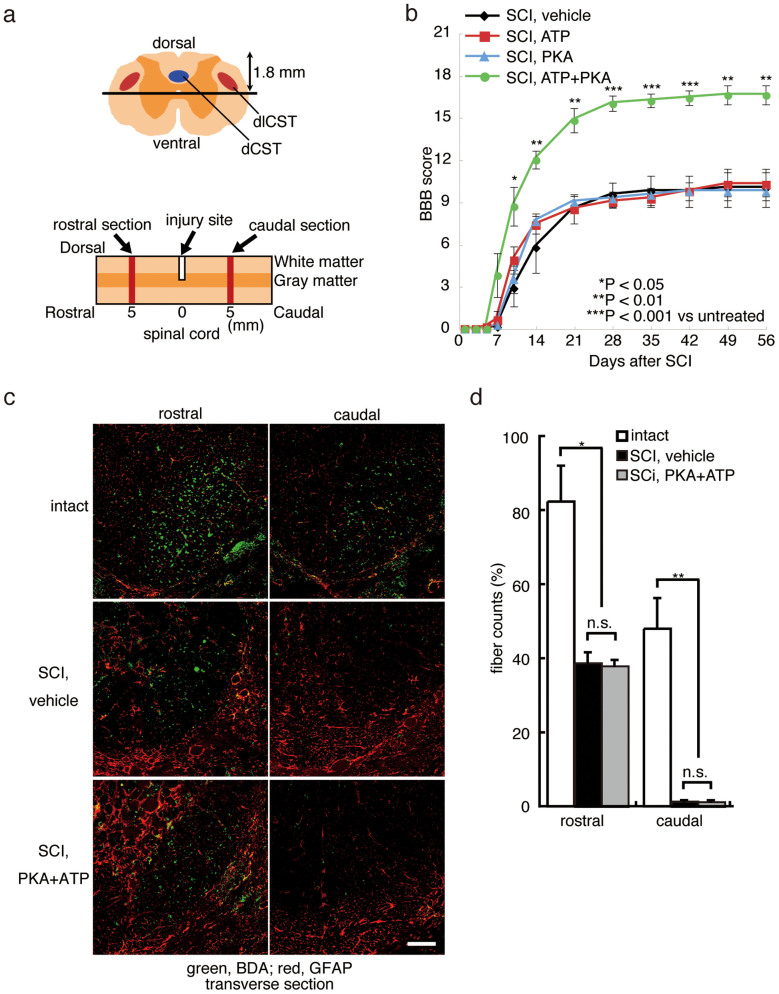Figure 1. Treatment with PKA plus ATP diminishes damage from traumatic SCI.
(a) The depth of injury and location of sections used in (c) are illustrated schematically. The dorsal corticospinal tract (dCST) and the dorsolateral corticospinal tract (dlCST) were severed. (b) The BBB scores of vehicle-treated, PKA-treated, ATP-treated and PKA+ATP-treated SCI rats were assessed at the indicated days after SCI. The points on the graph indicate the average BBB score from six independent rats, and the error bars indicate the standard deviation (S.D.) (*p < 0.05, **p < 0.01, ***p < 0.001 vs. vehicle-treated rats, Student's t-test). (c) The BDA-labelled dCST was visualised. Images are taken from transverse sections at either 5 mm caudal or rostral to the lesion, as shown in (a). The bar indicates 25 µm. (d) The number of BDA-positive axons at T8 or T10 was normalised to the number of BDA-positive axons at C1 (intact region of the spinal cord). The average and the S.D. from three independent animals are shown. No significant differences between the vehicle-treated rats and the PKA/ATP-treated rats were observed (*p < 0.05, **p < 0.01, Student's t-test).

